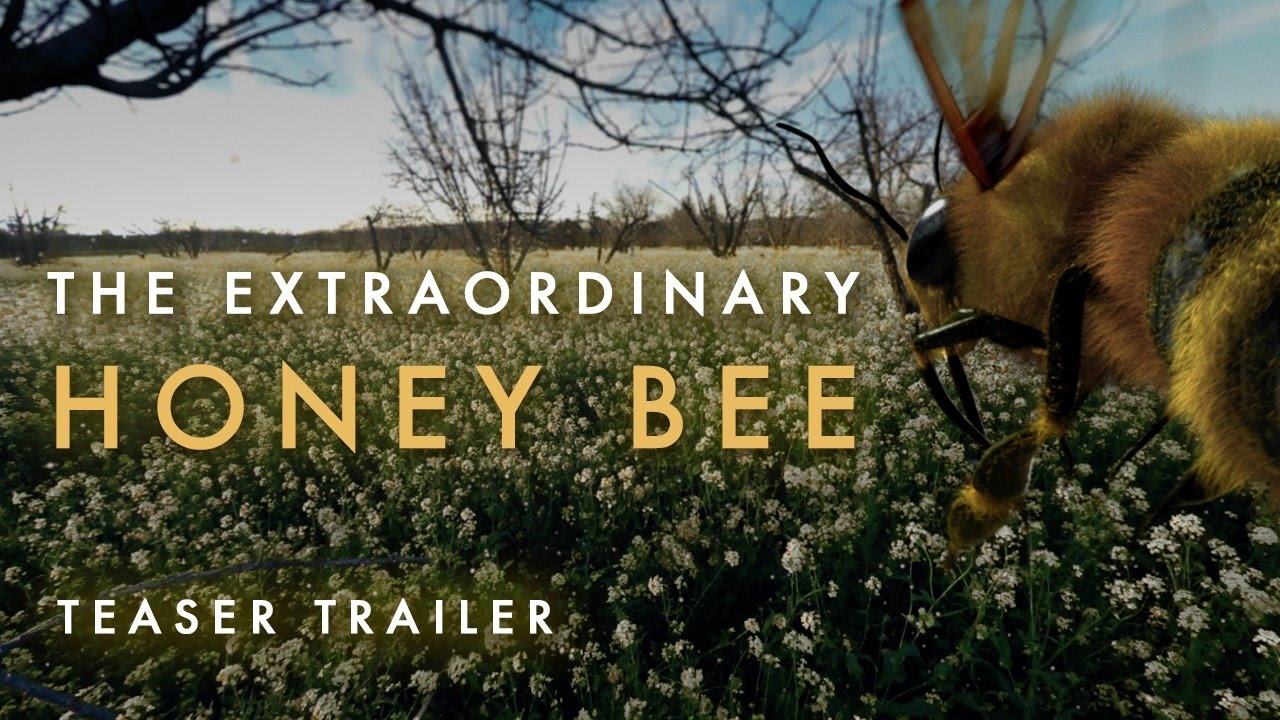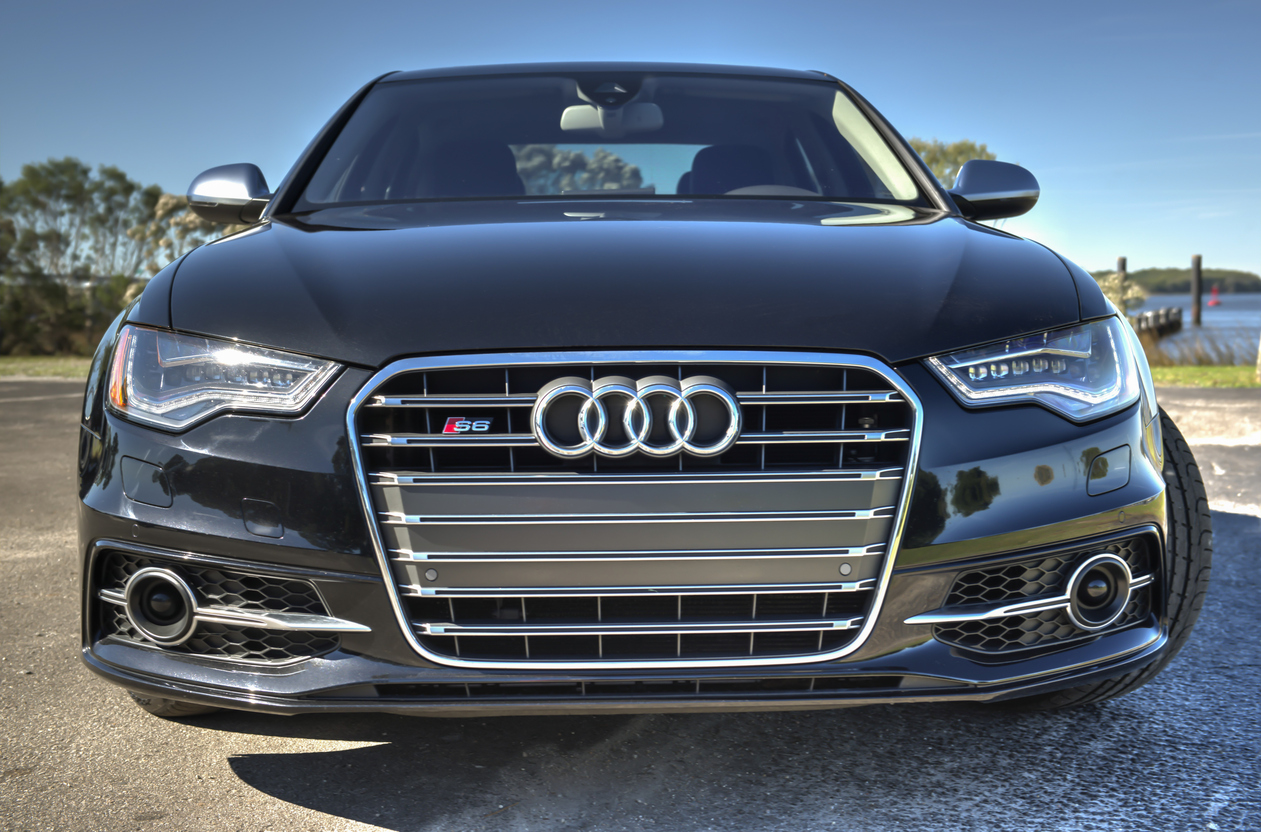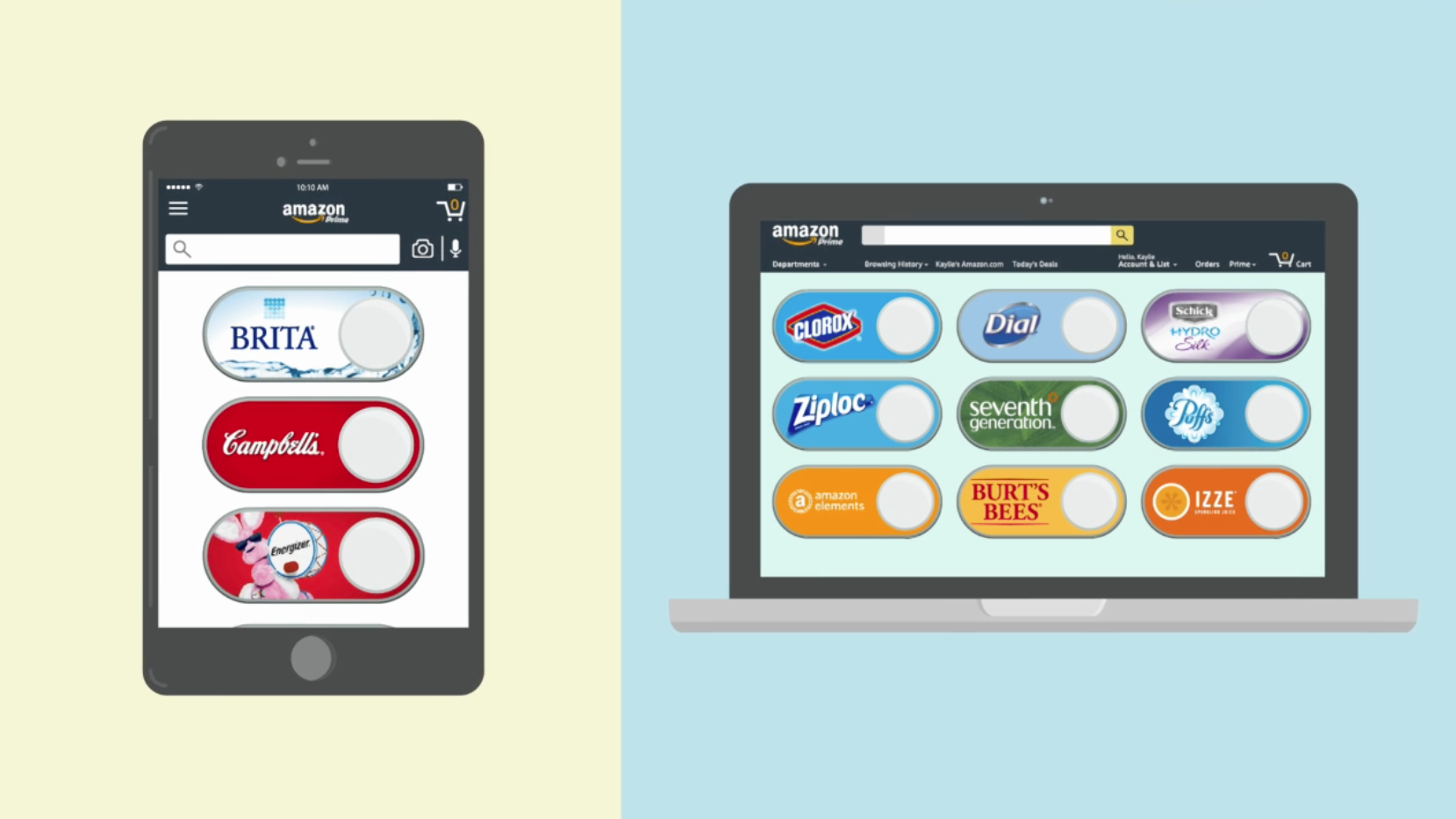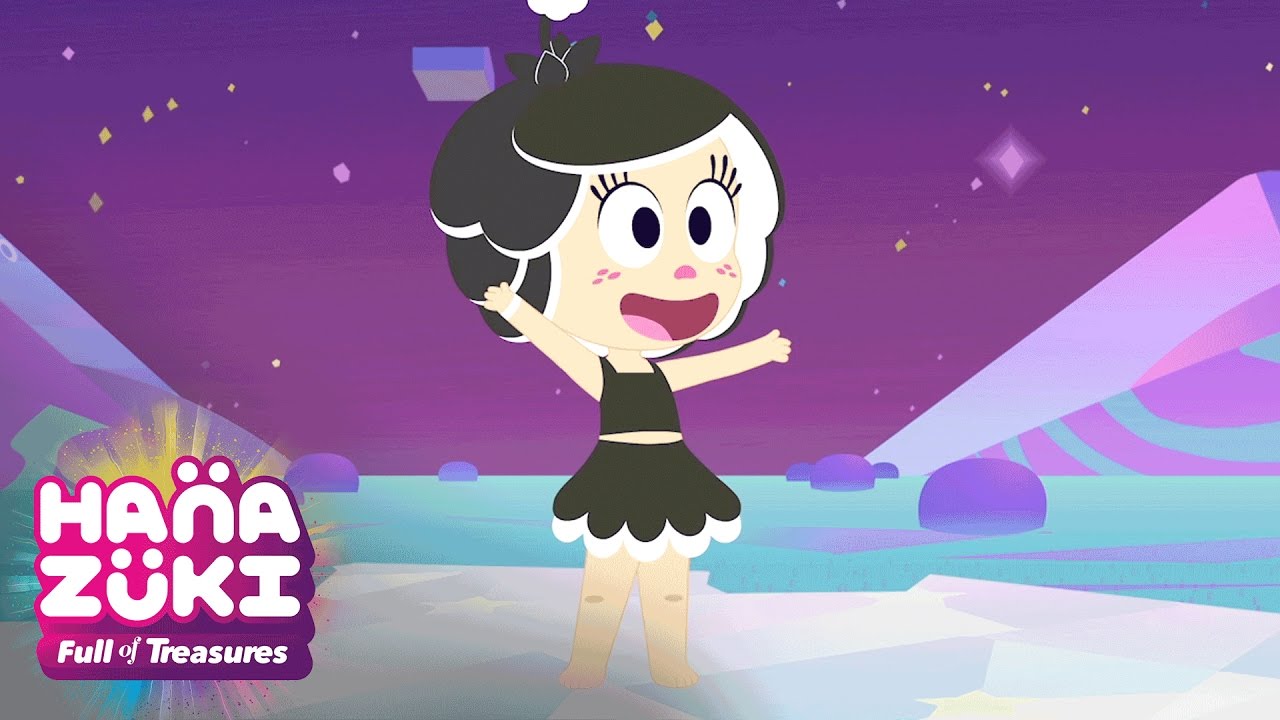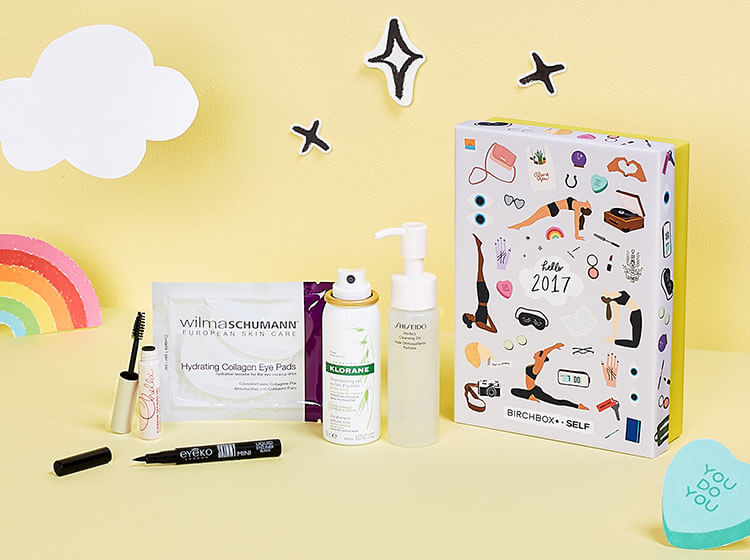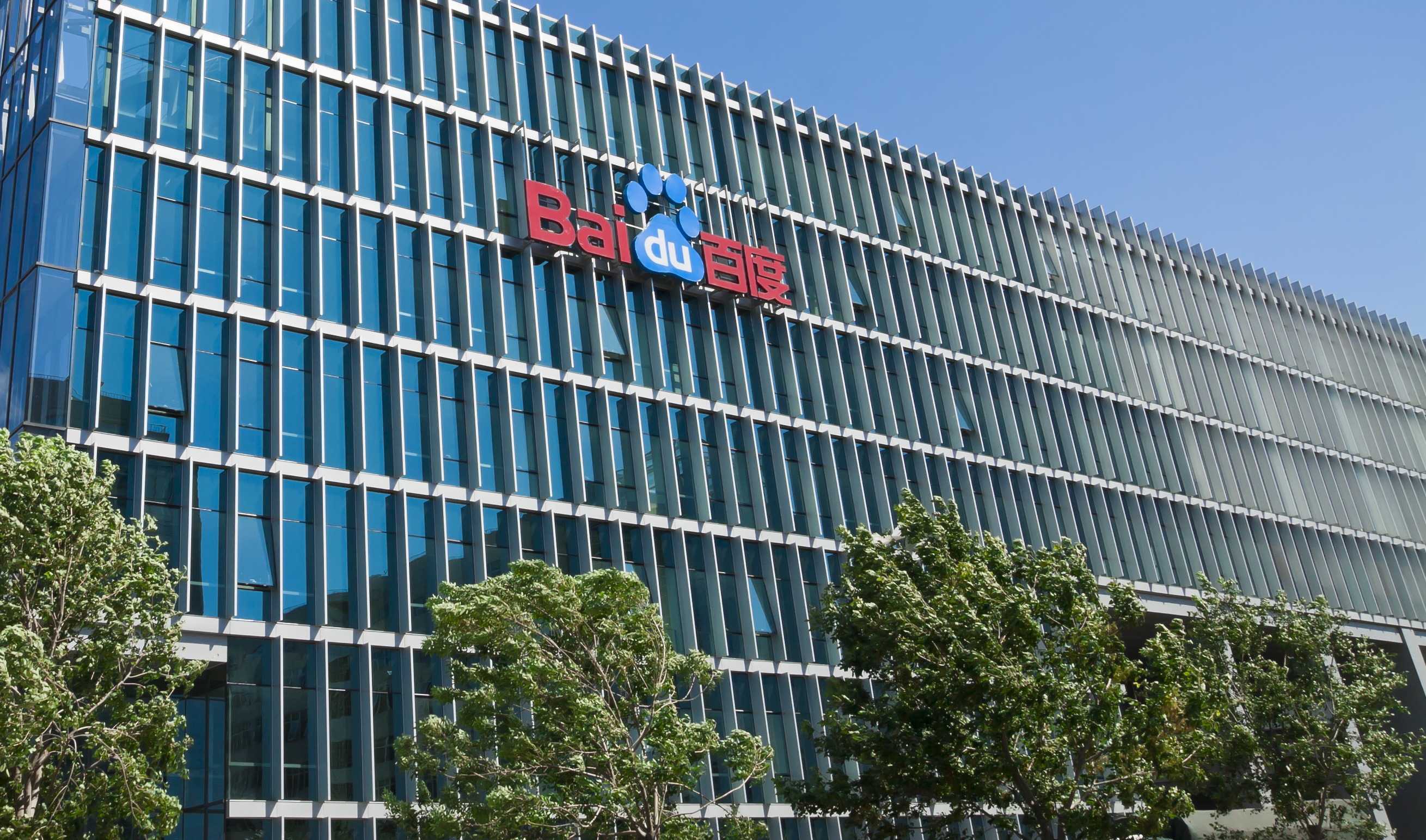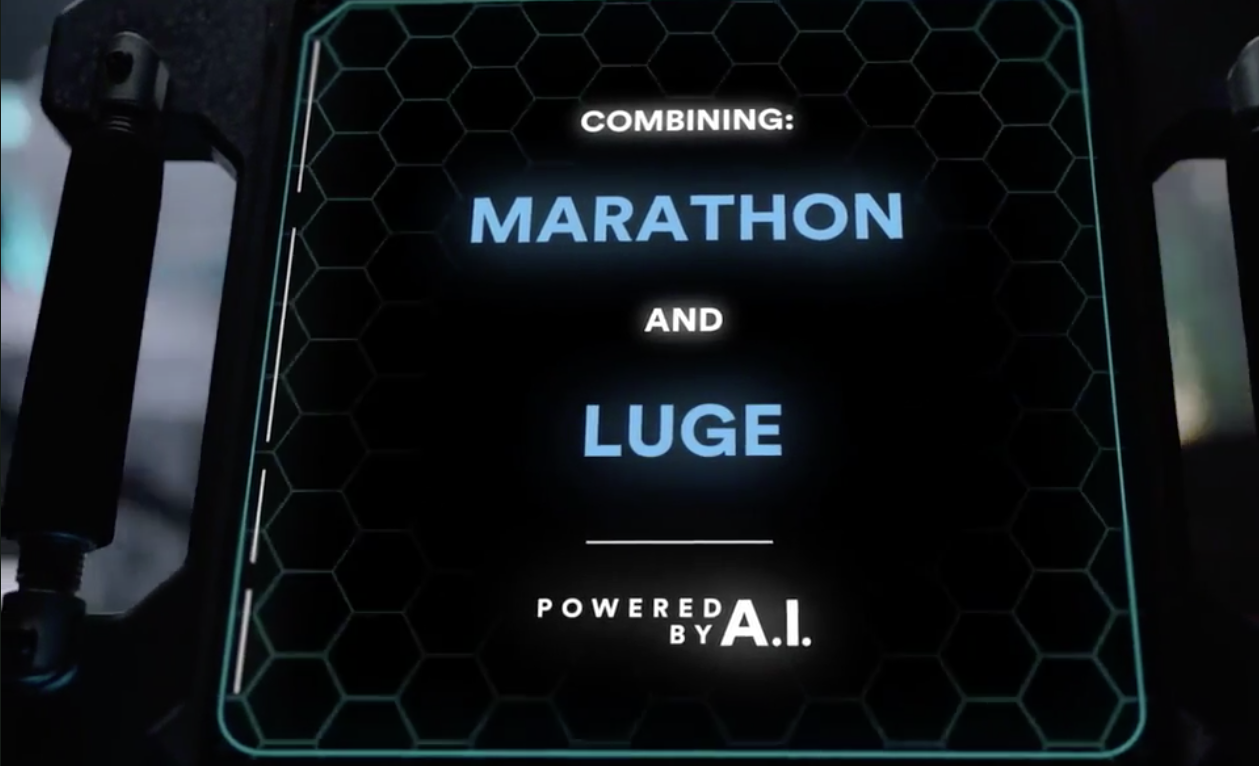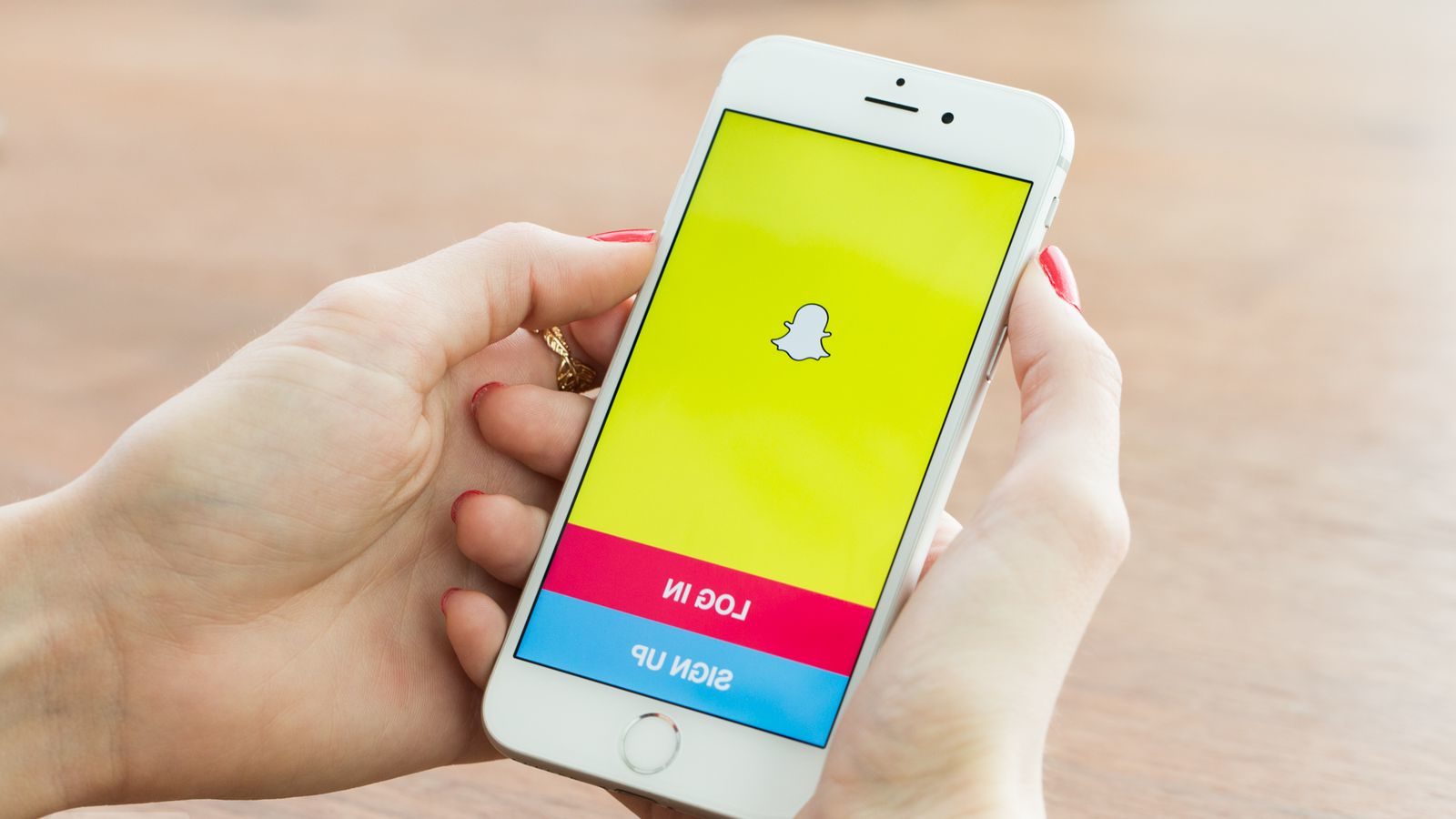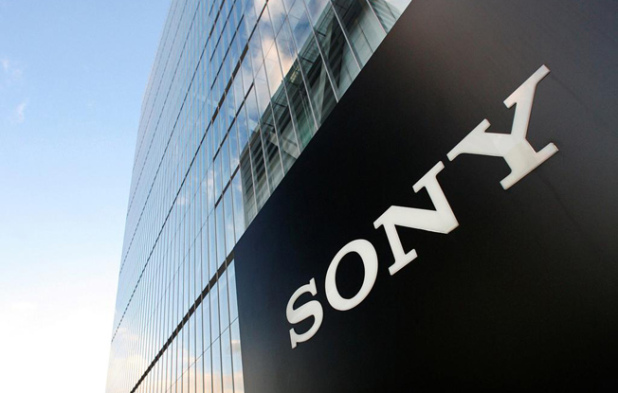What Happened
Virtual reality has brought new possibilities to branded content, and Häagen-Dazs has become the latest brand to leverage its immersive power to enhance its brand storytelling. For its latest installment of its ongoing content series on the environmental value of bees, the popular ice cream brand is turning to virtual reality to raise awareness about the plight of the honeybee. Working with Reach Agency, the company created a short VR experience that puts viewers into the perspective of a flying bee, aiming to inspire empathy and engage the audience on a visceral level.
What Brands Need To Do
This is the latest example in the surge of VR content initiatives in recent years that opt for branded storytelling instead of product demos. For instance, American Family Insurance worked with AOL to develop a three-part, branded VR series focused on inspiring dream-chasers. Samsung also partnered with VICE to build out its VR content offers to attract consumers. The brand narratives that VR is enabling marketers to construct and deliver to consumers represent a big opportunity that brands need to heed.
How We Can Help
Our dedicated team of VR experts is here to guide marketers through the distribution landscape. We work closely with brands to develop sustainable VR content strategies to promote branded VR and 360 video content across various apps and platforms. With our proprietary technology stack powered by a combination of best-in-class VR partners and backed by the media fire-power of IPG Mediabrands, we offer customized solutions for distributing and measuring branded VR content that truly enhance brand messaging and contribute to the campaign objectives.
If you’d like to learn more about how the Lab can help you tap into the immersive power of VR content to engage with customers, please contact our Client Services Director Samantha Holland ([email protected]) to schedule a visit to the Lab.
Source: AdWeek and HaagenDazsUS’ YouTube
